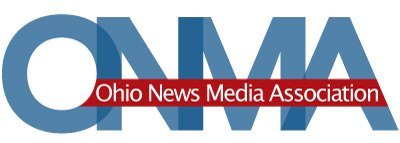Complete Story
08/31/2018
What just happened with the newsprint tariff?
From The NNA
Escalating printing costs driven by tariffs on Canadian newsprint caught many newspapers by surprise this year. Comments about a system where one company could deliver such a blow to an entire industry ranged from wry to outraged. Now the International Trade Commission has said the tariffs will stop. Here is a quick explanation.
Q. Where did the tariffs come from?
A. NORPAC, a Washington State mill purchased by One Rock Capital Partners in 2016, asked the Commerce Department and International Trade Commission to impose them. NORPAC said Canadian suppliers were being unfairly subsidized by their governments and were dumping paper into the U.S. below fair value. Commerce did that on a preliminary basis in January and March, 2018. Canadian paper companies have been paying at the border since then. Deposits have been held by the U.S. government awaiting final determination.
Q. How were they stopped—or were they?
A. Not yet. But soon. The ITC on Aug. 29 voted 5-0 against imposing permanent tariffs. We will know the reasons by mid-September. Then, the Commerce Department instructs the Customs and Border Patrol to stop collecting the tariffs. Money paid in by the producers thus far will be sorted out and returned. The whole process takes a couple of months.
Q. Is this the end of it?
A. NORPAC has the right to appeal the decision. Because the case is not final until Sept. 17, its decision may not be known until then. But tariffs would not be re-imposed during an appeal, barring some unusual action.
Q. Could the White House reverse this decision?
A. The tariff petition did not come from the White House. It came from a single company using existing trade laws. The ITC is an independent commission, with five members appointed by the previous two presidents. President Trump has the right to appoint a sixth commissioner but his nominees have not yet been seated. The president does have some power to impose tariffs under his national security authority, as he did in the steel/aluminum cases, but there has been no indication that such an action is considered in the newsprint cases.
Q. What will happen to paper prices?
A. The market will determine that. Once the tariffs are gone, the heavy weight of these sanctions will no longer be on the producers. But decisions by some producers to get out of the market because of the tariffs could still affect the supply/demand balance.
Q. So some damage is already done?
A. Yes. Many decisions made across the paper-reliant industries have occurred over the past seven months that may be permanent. Some newspapers have folded. Many have trimmed pages or paper sizes. Lots of jobs went unfilled. Whether removing the tariffs will enable any of these decisions to be modified is unknown.
Q. Why did the ITC lift the sanctions?
A. We will know in mid-September when its final determination report comes out. ITC had two jobs to perform: 1) to decide whether the domestic paper producers had been injured by the alleged uncompetitive practices of Canadian producers; and 2) whether sanctions would cure the injuries. Its decision could have been based upon analysis of either of these questions. National Newspaper Association and others in the STOPP (Stop the Tariffs on Printers and Publishers) Coalition, had argued that any injury to domestic paper companies had come from falling demand for paper. NNA’s incoming president Andrew Johnson, publisher of the Dodge County (WI) Pionier, was one of two publishers to testify to ITC in July 2018. The other was Paul Tash, publisher of the Tampa Bay Times. Many, including the News Media Alliance’s consultant Charles River Associates, provided economic analysis of the allegations.




